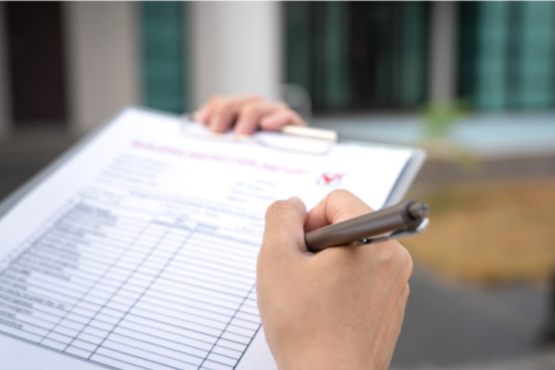Flooring is very important for any home or business. It affects both how it looks and how it works. Proper installation is important for getting the best results.
Here are expert tips on hardwood flooring installation and general flooring installation to help you make smart decisions and ensure a successful project.
Types of Wood Flooring
Here are the types of wood flooring:
1. Solid Hardwood
Solid hardwood is made from one piece of timber. It’s known for its durability and ability to be sanded and finished multiple times. The most common kinds are oak, maple, and cherry.
2. Engineered Hardwood
Engineered hardwood is made up of a layer of real wood veneer over a plywood base. It’s more resistant to moisture and temperature changes than solid hardwood, making it suitable for different environments. For a durable and professional finish, exploring options like builders hardwood flooring can ensure quality installation that complements your space.
Benefits of Hardwood Flooring
Here are the benefits of hardwood flooring
1. Durability and Longevity
Hardwood floors are very strong and can last a long time if you take care of them well. They make your house more valuable and are a good investment for a long time.
2. Aesthetic Appeal
Hardwood flooring remains a classic choice for enhancing interiors, whether it’s for a cozy home or stylish hardwood commercial floors in office environments. It comes in different finishes, colors, and species, allowing for a wide range of design options.
3. Easy To Take Care Of
Wood floors are easy to maintain. Regular sweeping, vacuuming, and occasional refinishing keep them looking great.
Tips For Installing Hardwood Flooring
Here are some tips for installing hardwood flooring:
1. Get Used To Working With The Wood
Before putting the hardwood planks in the room, let them get used to the temperature and humidity for at least 48 hours. This helps prevent the building from expanding or contracting after installation.
2. Make a Subfloor
Make sure the ground underneath is clean, dry, and level. Any imperfections or moisture issues should be addressed to create a stable foundation for the hardwood.
Installation Methods
Here are the steps to follow:
1. Nail-Down Installation
Nail-down flooring is good for solid hardwood floors. A plank is attached to a wooden floor with nails or staples. This method is ideal for thicker planks and gives stability.
2. Installation With Glue-Down
Glue-down installation uses a special adhesive to stick the hardwood planks to the subfloor. This method is usually used for hardwood that has been engineered and bonds well together.
3. Installation That Floats
Floating installation involves placing the planks over an underlayment and not attaching them to the subfloor. The planks are joined with tongue-and-groove joints and are ideal for engineered hardwood and laminate.
Finishing Touches
Here is how to give finishing touches:
1. Install the Walls and Trim
After you put in the flooring, put in baseboards and trim to make the edges bigger. This gives the flooring a finished look and helps protect the edges.
2. Clean and Keep Safe
Clean the hardwood floors with a gentle cleaner and apply a protective finish if necessary. When the finish is fully cured, avoid walking on the floors with shoes or heavy furniture.
Conclusion
Proper flooring installation is important for ensuring durability, functionality, and aesthetic appeal. Follow expert tips and avoid common mistakes to get a successful and satisfying result.



